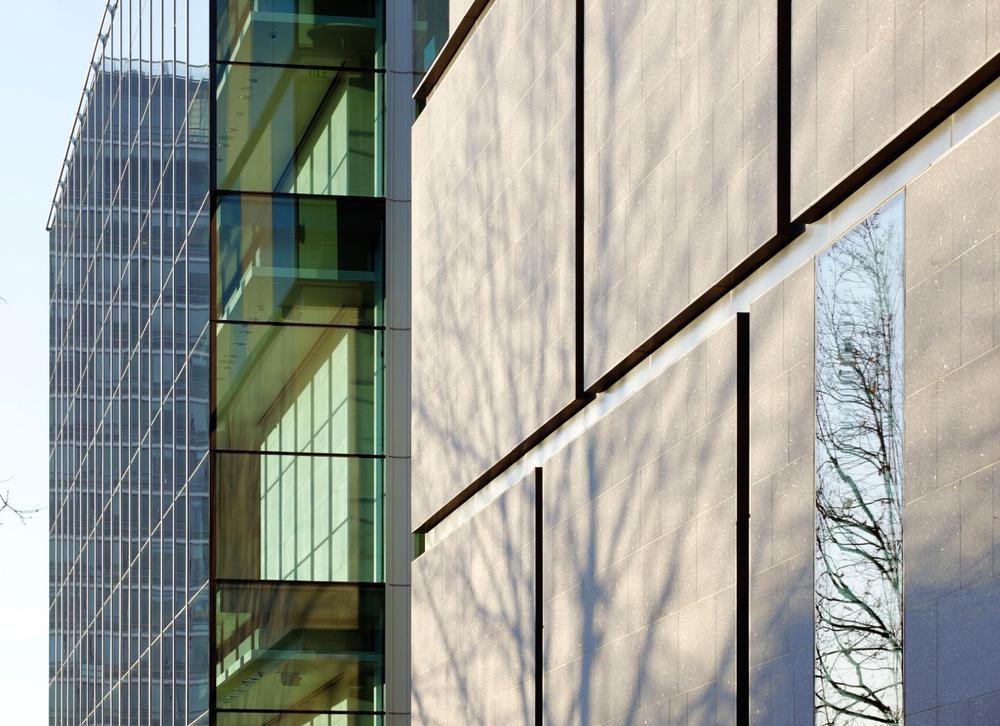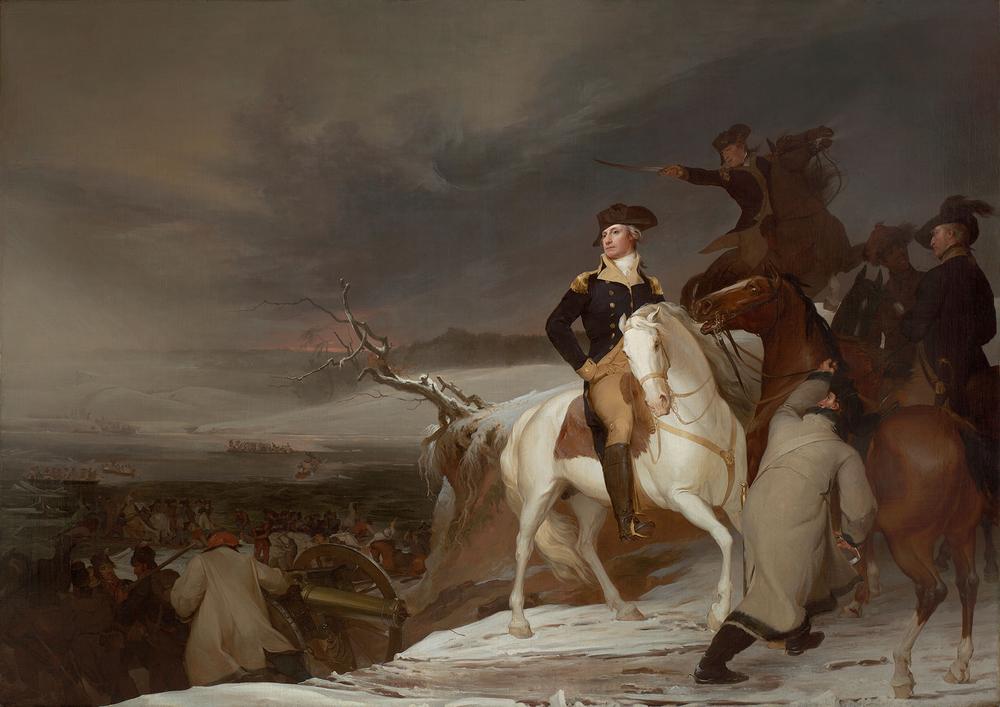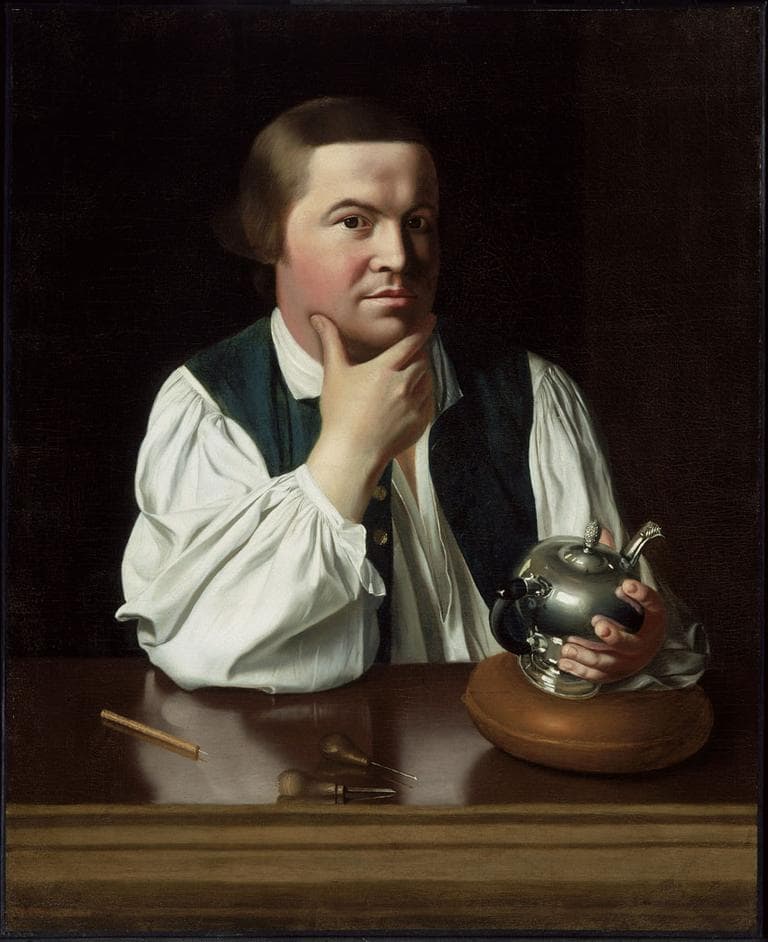Advertisement
High Stakes For MFA’s $504M Americas Wing
Resume
The Museum of Fine Arts unveils its massive new Art of the Americas wing to the international press Friday after a dedication ceremony, and kicks off a week of celebrating with the funders who made the $504 million expansion a reality.
The four-story glass and granite structure is filled with thousands of precious American artifacts and artworks. There are 53 new galleries and 51,000 square feet of space.
Perhaps it makes you wonder how the MFA pulled it off? Or what’s at stake now that the museum’s highly ambitious — and very expensive — project is complete?
In search of answers, let’s start with the MFA’s deputy director in charge of external development, Pat Jacoby. She drove the capital campaign that raised the half-billion dollars for the new wing.
“I suppose there’s a degree of having given birth, you know there’s a bit of that,” Jacoby said, laughing, “but mostly I’m terribly proud of what my colleagues and I have accomplished over these years.”
And they managed to reach their campaign goal just before the recession hit. Jacoby and museum Director Malcolm Rogers kicked off the fundraising mission back in 2001.
To fund the new wing, 25,000 people gave anywhere from $5 to millions of dollars.
“I can’t even begin to tell you how many dinners we did at Malcolm’s house just trying to talk about the wing and interest potential donors in contributing to the wing,” Jacoby said.
All the talk — and effort — turned into dollars. In the end, Jacoby says 25,000 people gave anywhere from $5 to millions of dollars. National foundations, such as the Luce Foundation in New York, also contributed. Then there's the whopping amount of money that came from the MFA's board of trustees.
“With honorary and elected trustees it’s just under 100 people,” Jacoby said, “and they gave over $250 million, so that’s also a huge testament to how much those people care about the museum and how much they’re willing to set the pace for others.”
It’s also a testament to how much those donors are willing to gamble on the new wing’s success. I asked Jacoby what’s at stake for the MFA now that the world is getting its first look inside.
“There was probably much more at stake during the campaign because it was whether we would make the campaign goal or not,” Jacoby said. “Now what’s at stake is the reputation that we ride on and making sure we can deliver what we said we would deliver."

The MFA has a huge responsibility to the foundations and trustees who gave to the campaign, including Alan Strassman.
“I think every donor has some kind of expectations when they give substantial financial support to an institution," Strassman said, "and I’m sure that’s true of virtually every one of the donors at the MFA.”
Strassman is an honorary trustee and former president of the MFA’s board. He heads an asset management company in Boston and has a long-held passion for art. Strassman has been supporting the museum for 20 years, and had this somewhat coy answer when I broached the question of how much he gave to the new wing’s capital campaign...
“You may ask, but I won’t tell you.”
Strassman did tell me it’s safe to say “a lot.” Strassman has been the chairman of the expansion project’s executive committee and has invested both time and money in this venture.
“Well, I don’t think there’s a lot at stake for me anymore, to tell you the truth. I’ve been paid off amply in the way," Strassman said, meaning that being intimately involved in the expansion process has been gratifying for him personally. But when he considers the bigger picture, Strassman said institutions like the MFA are critical to Boston’s status as a world-class city.
“I came to Boston as a student in 1960, and I stayed in part because of all the wonderful things that are here, and if Boston is going to continue to thrive throughout this century it has to continue to compete with other great cities around the world, and this is one of the ways we can contribute to that process.”
The World is Watching
And while this is a big cultural moment for Boston, the rest of the world is paying attention, too.
“Museums all over the country have expanded over the last decades and this is the MFA’s entry in the ‘space race,' ” said arts writer Judith Dobrzynski, who has reported on the MFA’s expansion for the Wall Street Journal and the New York Times.

“And because it’s a beautiful space, and because it’s chock-a-block with art from the Americas, which is different. This is very important and I think it probably going to raise the profile and the stature of the MFA.”
Dobrzynski is impressed by the MFA’s fundraising effort, and the $504 million represents a feat for Boston. Other cities — bigger cities, she said — including Los Angeles and Chicago, have not been as successful in raising money for their own museum campaigns. Or as strategic. The MFA’s new construction cost about $340 million — much of the rest sits in an endowment.
“You know the MFA was very ambitious here," she said, laughing, "but at the same time a bit conservative by going for a building fund and an endowment fund at the same time. I shouldn’t say conservative. I should say responsible here.”
But with all this talk of risk and stakes and everything that goes along with a project as gargantuan as this, what about the MFA’s director, Malcolm Rogers? What’s at stake for him?
“This is totally his legacy,” Dobrzynski said. "When he took over the museum in 1994 it was in great financial difficulties, and he got off to a certainly controversial start, but the museum is no longer in financial trouble. As well as having this beautiful new wing, he’s balanced the budget for something like 14 years in a row to get people to invest in the museum.”
But what about the pay off, meaning, will the visitors come?
“You’ve hit on a very important question for most museum expansions, which is sustainability,” Dobrzynski said. “Usually the first year and sometimes the first year-and-a-half, two years, people come to see the new building, it’s exciting, the question is whether they keep coming back year after year.”
And the other big question is whether the museum can convert those thousands of visitors into thousands of dues-paying members.
More:
This program aired on November 12, 2010.
